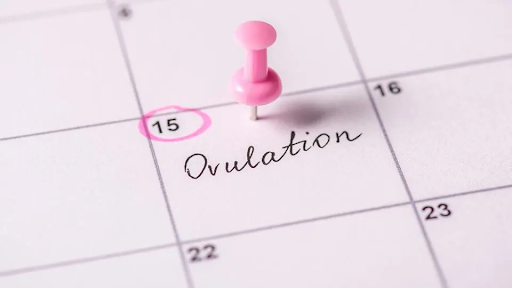The journey to parenthood often begins with understanding the female menstrual cycle and identifying the optimal time for conception. This is where an ovulation calculator comes into play, serving as a valuable tool for couples planning to start a family or individuals seeking to better understand their reproductive health. An ovulation calculator, also known as a fertility calculator or ovulation predictor, helps determine the most fertile days in a woman’s menstrual cycle when conception is most likely to occur.
At its core, an ovulation calculator works by analysing the length of a woman’s menstrual cycle and estimating the date of ovulation. Ovulation refers to the process where a mature egg is released from the ovaries and becomes available for fertilisation. By tracking menstrual cycles, an ovulation calculator can predict the fertile window, typically a few days before and after ovulation, during which the chances of pregnancy are highest.
Credentials to Consider
When using an ovulation calculator, there are several important factors to consider to ensure its effectiveness and accuracy. These considerations include:
- Menstrual Cycle Regularity
Ovulation calculators work best for women with regular menstrual cycles, typically between 25 to 35 days. If your cycles are consistently irregular, it may be more challenging to accurately predict ovulation using a calculator.
- Cycle Length
Knowing the length of your menstrual cycle is crucial for accurate ovulation prediction. Track the number of days from the first day of your period until the day before your upcoming period begins. Consistent tracking over a few cycles will help determine your average cycle length.
- Ovulation Variability
While many women ovulate around day 14 of their menstrual cycle, it can vary significantly from person to person. Ovulation calculators often make an estimation based on the average cycle length, so it’s essential to be aware of the possibility of variation and be flexible in your calculations.
- Additional Fertility Signs
Ovulation calculators rely on the assumption that ovulation occurs approximately 14 days before the start of the next menstrual period. However, it’s helpful to consider other fertility signs, such as changes in cervical mucus or using ovulation predictor kits, to supplement the calculator’s predictions.
- Individual Differences
Every woman’s body is unique, and factors like stress, illness, or travel can affect ovulation timing. Ovulation calculators provide estimates based on general trends, but individual variations can occur. It’s crucial to be aware of your body’s signals and adjust your timing accordingly.
- Health Conditions and Medications
Certain medical conditions, such as polycystic ovary syndrome (PCOS) or thyroid disorders, can affect ovulation. Similarly, some medications, like hormonal contraceptives or fertility treatments, can alter your cycle and ovulation patterns. Be mindful of any underlying health conditions or medications that may impact the accuracy of the calculator.
Conclusion
An ovulation calculator is a helpful tool, but it should not be the sole method for determining fertility. Combining it with other fertility awareness methods, such as monitoring basal body temperature or changes in cervical mucus, can provide a more comprehensive understanding of your ovulation patterns. If you have concerns about your fertility or are experiencing difficulties conceiving, it’s advisable to consult with a healthcare professional or fertility specialist for personalised guidance.

